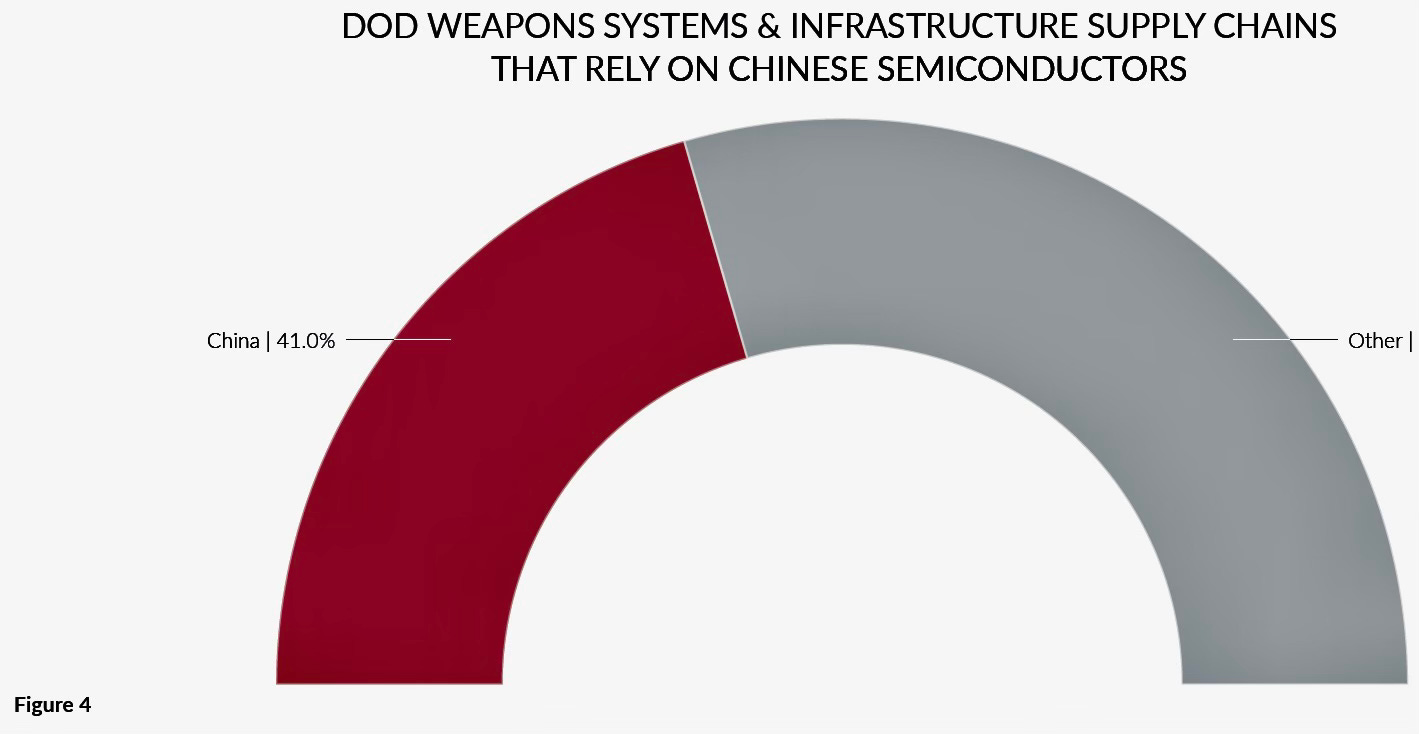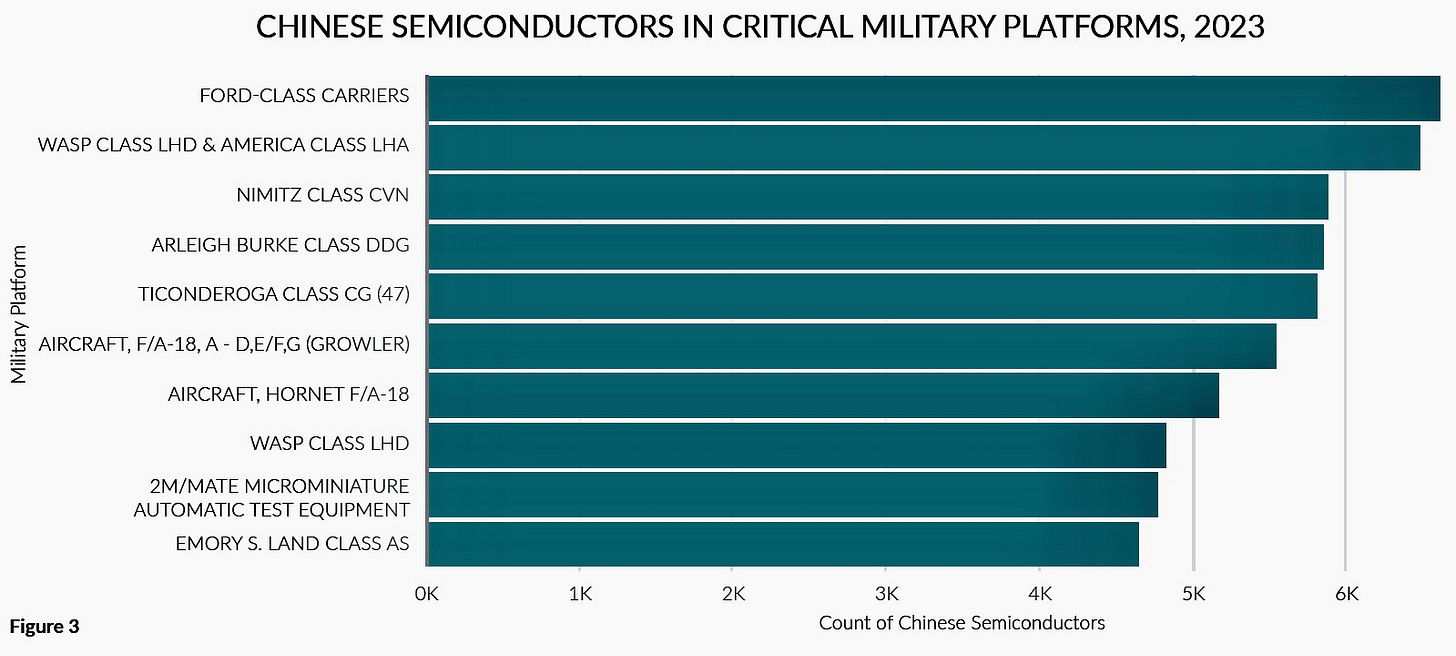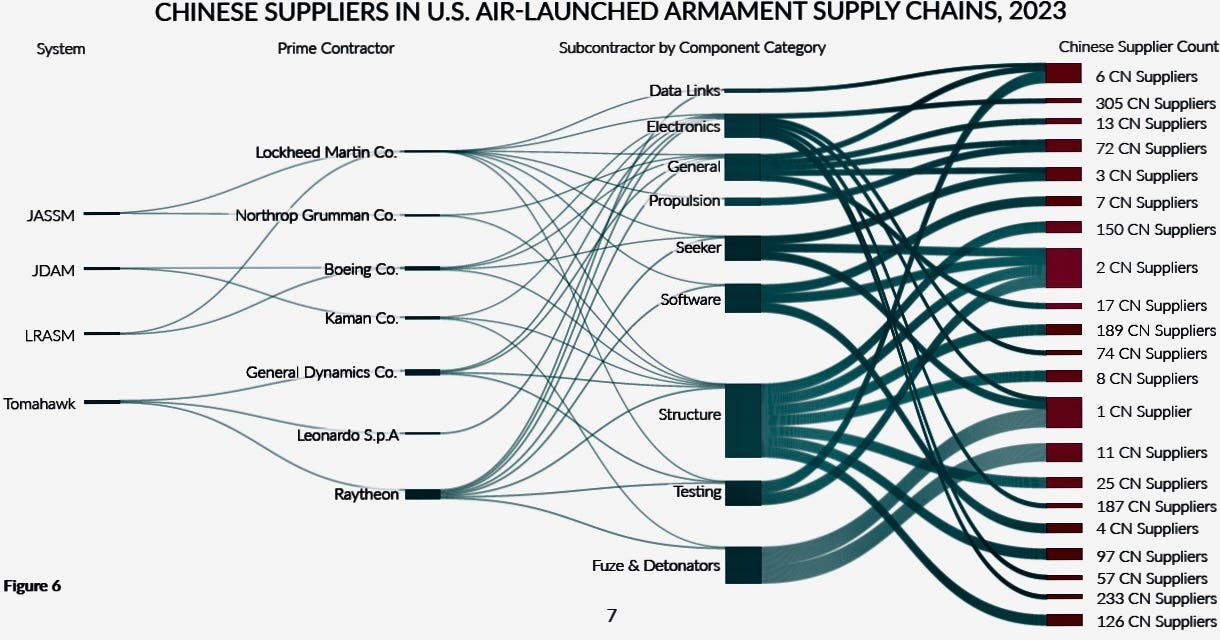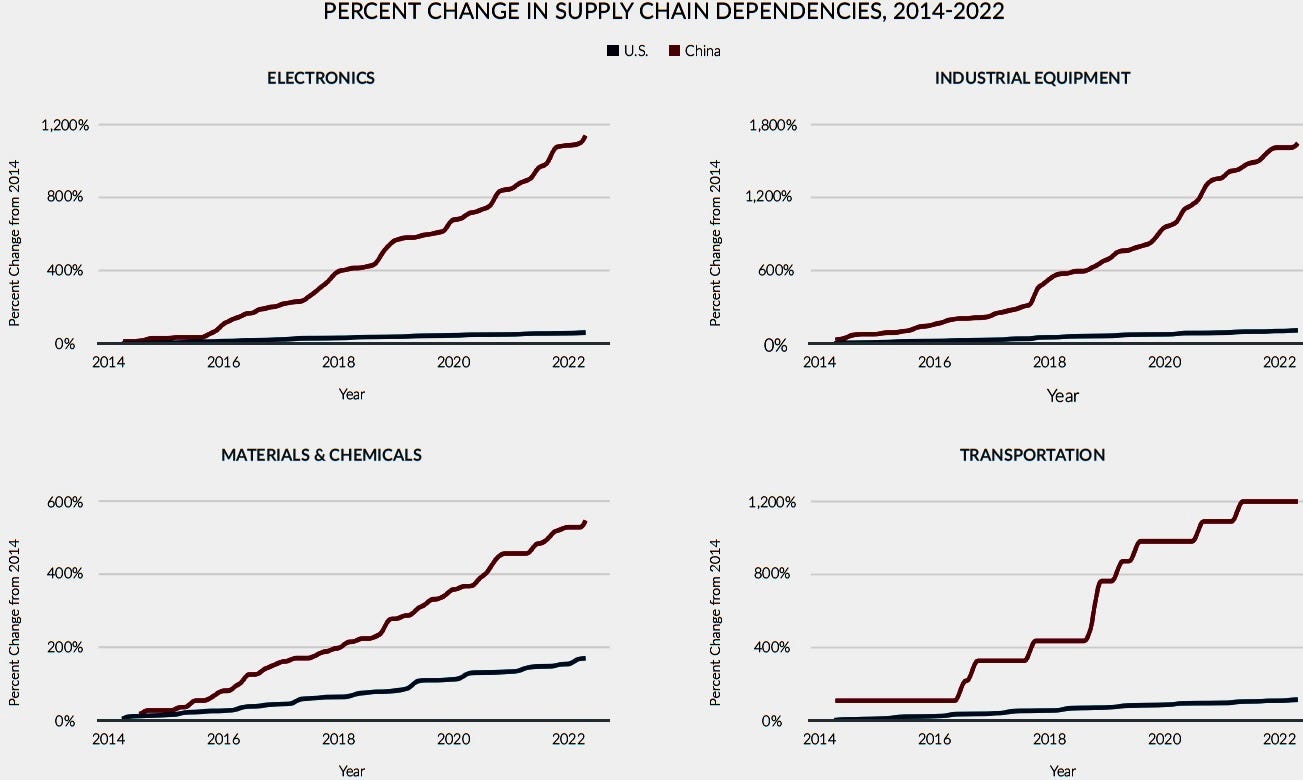China In Arms BOOKSTORE and GIFT SHOP!
Follow on Twitter
Subscribe: $5 Month/$50 Annual (unable to secure a subscription contact the bank for permission for Stripe deposits).
All free subscriptions are canceled after 30 days.
1 August 2024 (Thursday)
Fata Morgana
Killing the Golden Goose
By Wendell Minnick (Whiskey Mike) 顏文德
TAIPEI - There has been an incredible amount of both media and academic concerns over losing access to Taiwan’s semi-conductor industry (aka TSMC) after a Chinese invasion.
Taiwan’s “Silicon Shield as a Silicon Porcupine Sting” was a clever paper written by an intern, Georg Tannen, at the Taiwan Center for Security Studies, that molded two common themes bounced around Washington these days.
However, I urge the reader to reverse engineer these two themes as they also apply to China. It is China that supplies the U.S. military with components, alongside Taiwan, that keeps the sword sharp.
And would the U.S. not suffer a catastrophic economic apocalypse if it went to Taiwan’s aid during an invasion?
The fact is the U.S. cannot fight a sustained war with China for more than a couple weeks. This is a “come as you are war” where all the weapons and munitions available are all the toys you get to play with.
The numbers do not lie.
This is made obvious in a recent paper produced by Govini, “Numbers Matter: Defense Acquisition, U.S. Production Capacity, and Deterring China,” by Jeffrey Jeb Nadaner and Tara Murphy Dougherty (an extended variation of this essay by Nadaner will appears in Confronting China, edited by Dr. James H. Anderson and Dr. Daniel Green, and published by ABC-CLIO).
The paper suggests the U.S. cannot win a war with China:
Munitions in U.S. military inventories is classified but known to be grossly inadequate relative to the China threat. After running two dozen wargame simulations, the Center for Strategic and International Studies concluded that the most essential American missile stocks would be gone in a week of combat in a Taiwan invasion scenario.
Despite these shortfalls, the Fiscal Year 2023 defense procurement appropriation added fewer than 1,100 new mid-to-long range missiles: around 100 LRASMs [air-launched Long-range anti-surface cruise missile], 660 JASSMs [air-launched AGM-158 Joint Air-to-Surface Standoff Missile], 200 NSMs [Naval Strike Missile], and 100 Tomahawks. Dividing the total Congressional appropriation by the cost of each munition produces enough “long bolts” to support a few days of combat in the Pacific. To deter China, the United States likely requires months' worth.
These long-range weapons are also vulnerable to the same supply chain challenges that plague the broader American industrial base. Adversarial influence is endemic to their production. Chinese companies are embedded in the supply chains of subcontractors to defense primes across system components such as electronics, software, fuses and detonators, and data links. Tracing these connections reveals an adversarial presence in critical long-range systems.
Click to Enlarge:
China has a staggering number of missiles and variants capable of keeping the U.S. Navy busy for months.
I recommend: Chinese Air-Launched Weapons and Surveillance, Reconnaissance and Targeting Pods, Chinese Land-based Air Defense Systems: Anti-Aircraft Guns, Surface-to-Air Missiles, Electronic Warfare, and Radar Systems, Chinese C4I/EW Volume 1 and Volume 2, Chinese Anti-Ship Cruise Missiles, and Chinese Submarines and Underwater Warfare Systems.









